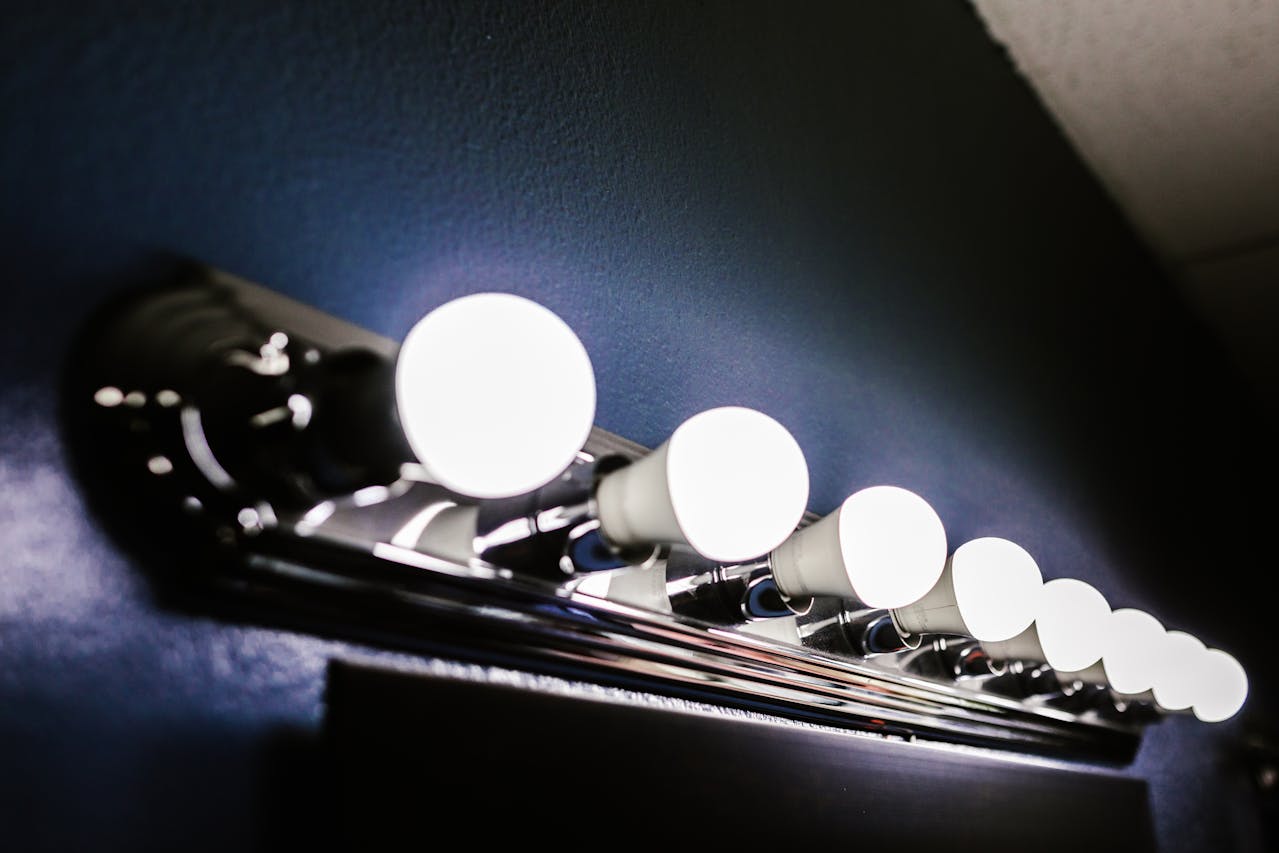Electric bills are one of those monthly expenses that creep up on you. One minute it feels manageable, the next it looks like you’re funding the whole grid. The truth is, most families aren’t sure what they should be paying. With options from Ohio electric suppliers, there’s room to save, but only if you know what to look for. Your bill isn’t just about kilowatts. It’s also about understanding the structure of charges, spotting extra fees, and keeping habits in check. Once you get the bigger picture, budgeting becomes a lot less stressful.
Understanding the Basics of Your Bill
 An electric bill is more than a single number at the bottom of the page. It’s usually broken into supply, delivery, and service charges. The supply cost comes from your provider, while delivery is managed by the utility. Service fees are the little extras that keep things running. If you only look at the supply rate, you might think you’re getting a good deal. But those extra charges can make a budget-friendly plan feel heavier than expected. Reviewing the entire bill line by line helps you see where the money is actually going.
An electric bill is more than a single number at the bottom of the page. It’s usually broken into supply, delivery, and service charges. The supply cost comes from your provider, while delivery is managed by the utility. Service fees are the little extras that keep things running. If you only look at the supply rate, you might think you’re getting a good deal. But those extra charges can make a budget-friendly plan feel heavier than expected. Reviewing the entire bill line by line helps you see where the money is actually going.
Knowing What Impacts Your Usage
Your lifestyle directly affects your electricity costs. Heating, cooling, and appliances all play major roles. A family running multiple devices all day will naturally pay more than a couple who spend most of the day outside the home. Seasonal changes also shift usage dramatically. Bills can spike in summer with constant air conditioning or in winter when heaters work overtime. Building a buffer into your budget for these seasonal swings can prevent unwanted surprises.
Comparing Rates the Right Way
Shopping for a new plan doesn’t mean picking the lowest number you see. Some plans use introductory pricing that looks attractive upfront, but increases later. Others may add early cancellation fees that erase any savings if you switch providers too soon. Comparisons work best when you look at the full contract details. Ask yourself: how long is the plan, what are the fees, and how does the rate change over time? The cheapest option today isn’t always the most affordable over a year.
Practical Ways to Lower Costs

Cutting your electric bill doesn’t always require big sacrifices. Small daily adjustments can make a real difference. Turning off lights when leaving a room, using energy-efficient bulbs, and unplugging devices that aren’t in use all add up. Appliances are another big factor. Swapping out older, energy-hungry machines for efficient models can reduce costs significantly. Even adjusting the thermostat a couple of degrees can shave off dollars every month without a noticeable drop in comfort.
Setting a Budget and Sticking to It
Budgeting means more than reacting to high bills. It’s about knowing your average and planning accordingly. Track your usage for a few months and figure out what’s normal for your household. Once you have a baseline, decide how much you’re willing to spend. If the bill goes beyond that, you’ll know it’s time to adjust habits or reconsider your supplier. Electricity is essential, but overpaying doesn’t have to be. By breaking down your bill, watching usage, and comparing providers wisely, you can manage costs more effectively.
